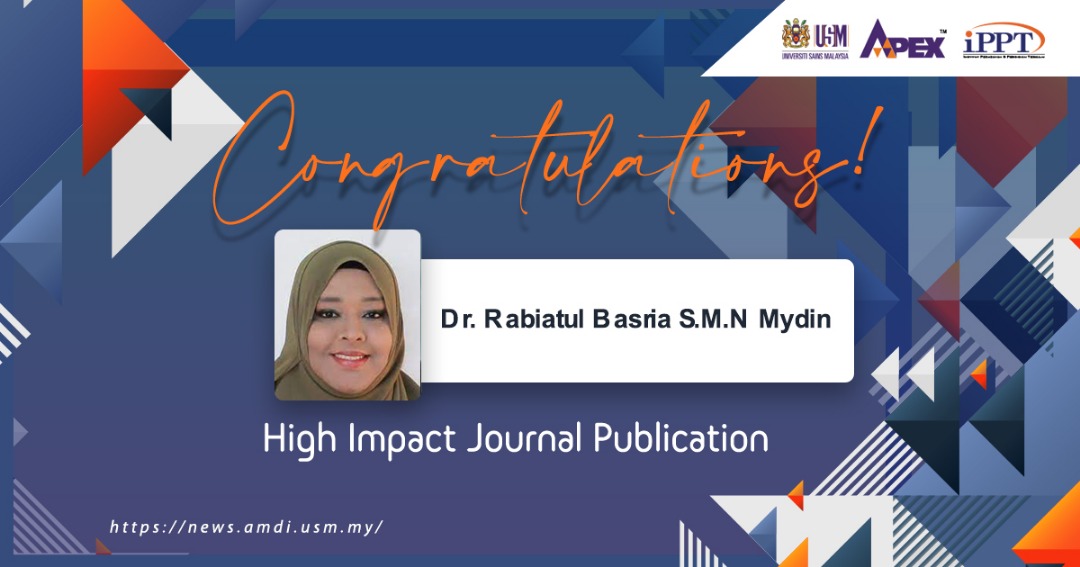Authors : Satisvar Sundera Murthe, Srimala Sreekantan, Rabiatul Basria S M N Mydin
Title of Publication : Study on the Physical, Thermal and Mechanical Properties of SEBS/PP (Styrene-Ethylene-Butylene-Styrene/Polypropylene) Blend as a Medical Fluid Bag
Journal Name : Polymers (Basel)
Quartile : Q1
Impact Factor : 4.967
Description :
The presence of DEHP in PVC-based medical bags poses a significant health risk to patients undergoing blood transfusion. In order to fabricate safer medical fluid bag materials, the use of SEBS/PP polymer blend as a potential material was investigated. Polymeric blends with varying weight percentages of styrene-ethylene-butylene-styrene/polypropylene (SEBS/PP) were fabricated by melt mixing using an internal Haake mixer. The physical properties of the SEBS/PP polymer blends were investigated using differential scanning calorimetry (DSC), X-ray diffraction (XRD), and inductively coupled plasma-mass spectrometry (ICP-MS). In addition, measurements of the mechanical strength (tensile strength and Young's modulus) as per ASTM 638, polymer hardness was tested using a durometer and swelling was analysed through water absorption and compared with commercial PVC-based blood bags. The results indicate that the SEBS/PP 50/50 blend has approximately similar characteristics as PVC-based blood bags. The SEBS/PP polymer blend possesses approximate tensile strength and Young's modulus with values of 23.28 MPa and 14.42 MPa, respectively, to that of the conventional PVC blood bags. The results show that the SEBS/PP polymer blends have negligible zinc and aluminium migration with values of 1.6 and 2.1 mg/kg, respectively, and do not elute any harmful leachates, while the thermal studies indicate that the studied SEBS/PP materials are capable of withstanding steam sterilisation at 120 °C and cold storage below -40 °C. The investigated material can be utilized for medical fluid bags and contributes towards sustainable development goals, such as SDG 3 to ensure healthy lives and promote well-being, as well as SDG 12 to ensure sustainable consumption and production patterns.


